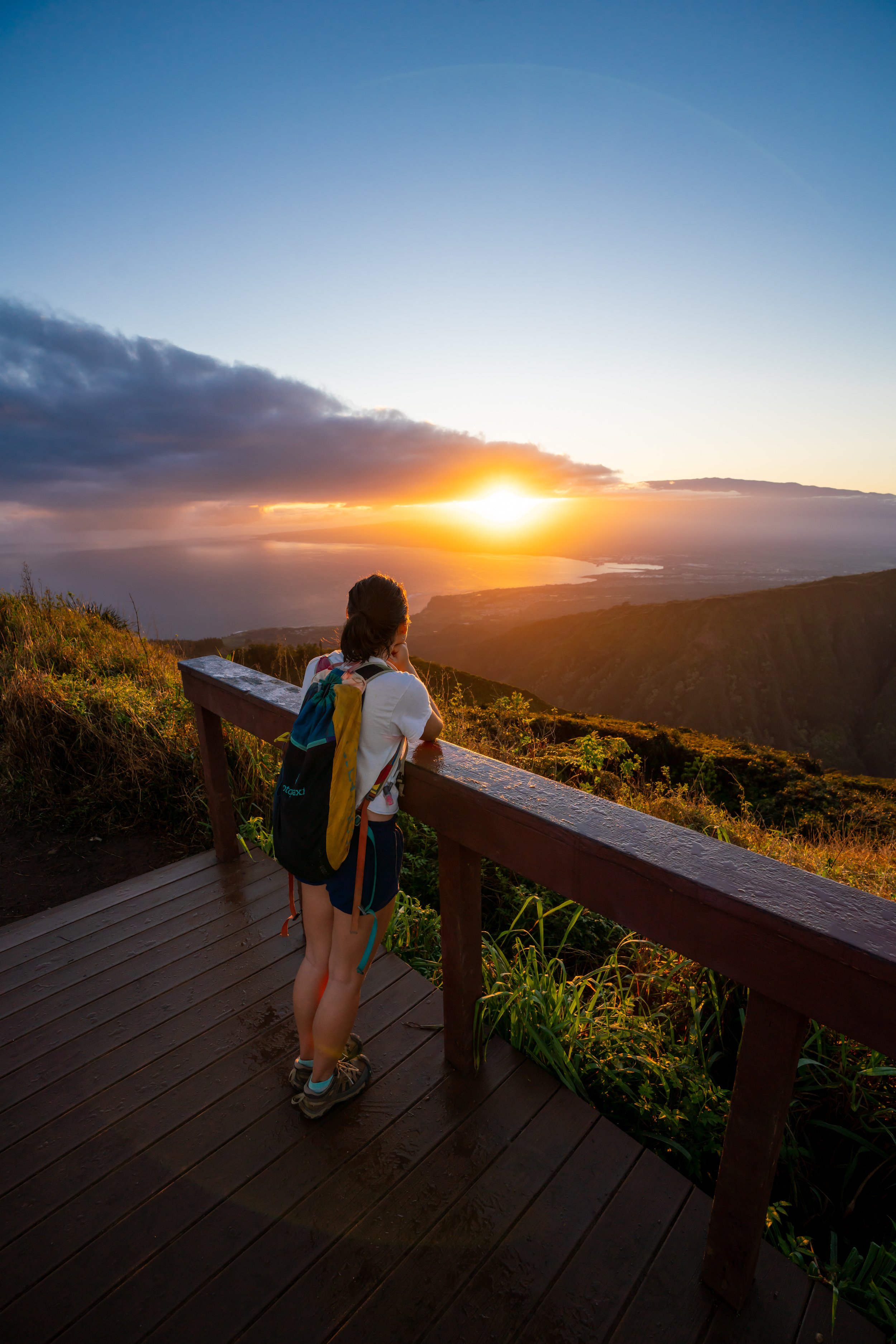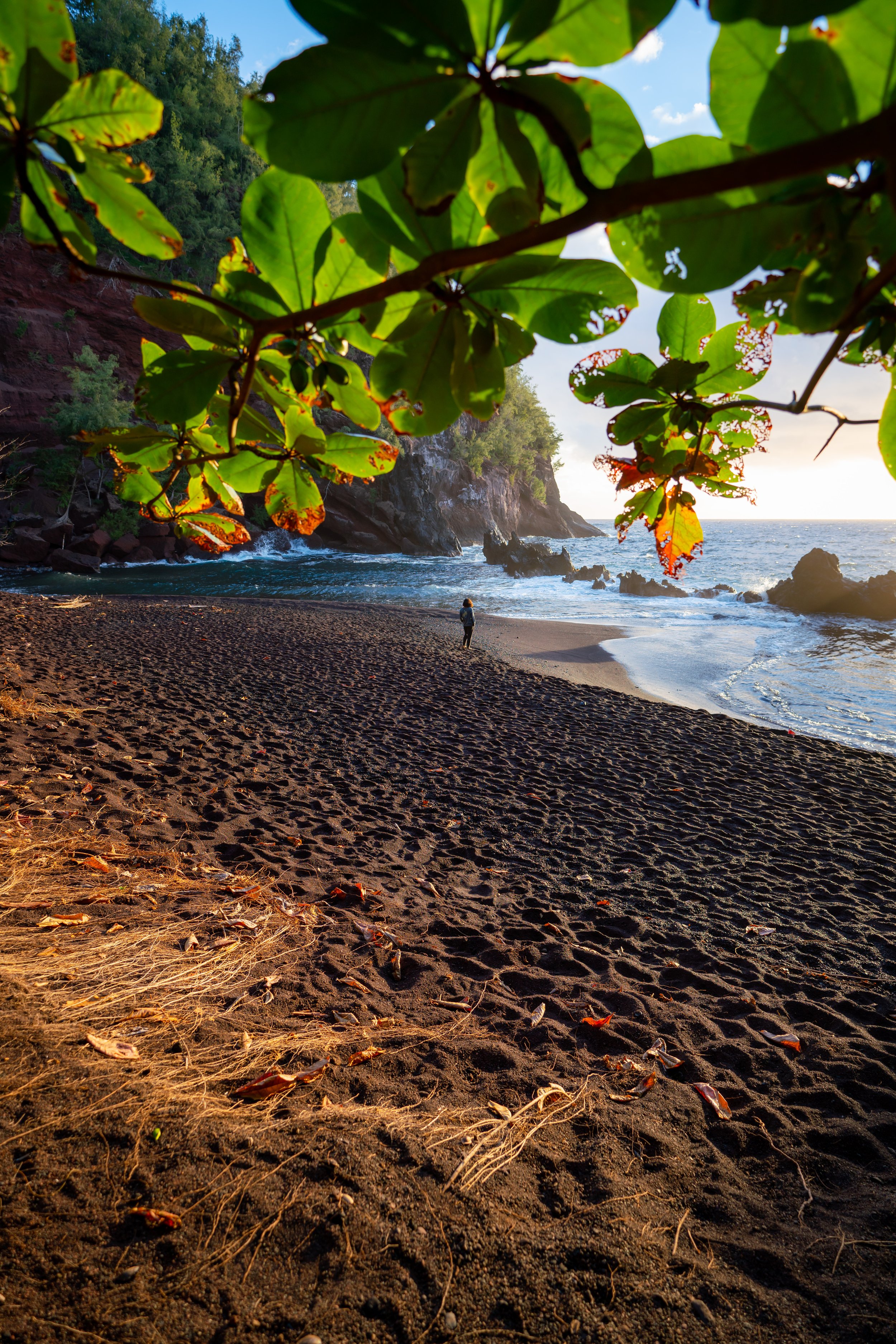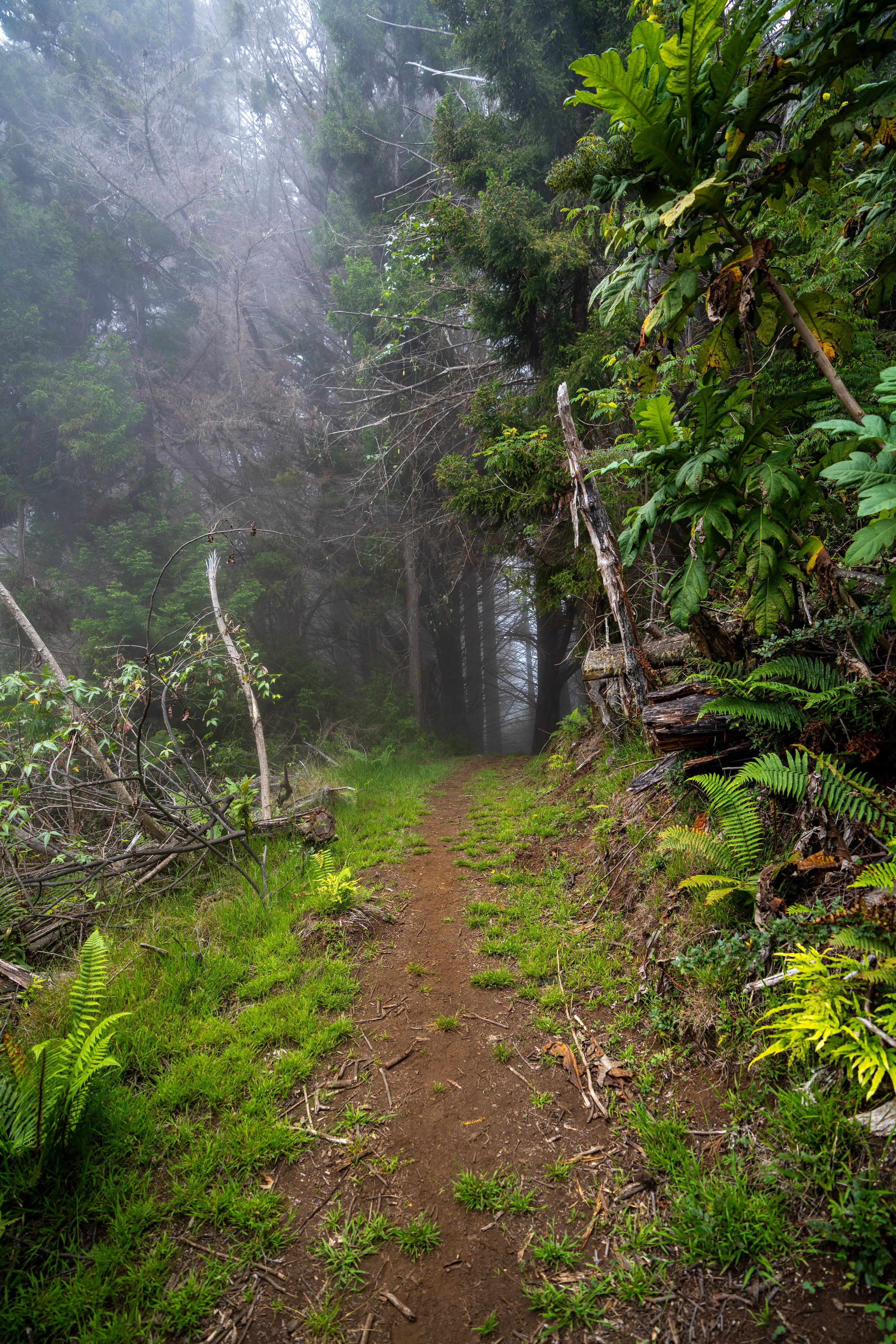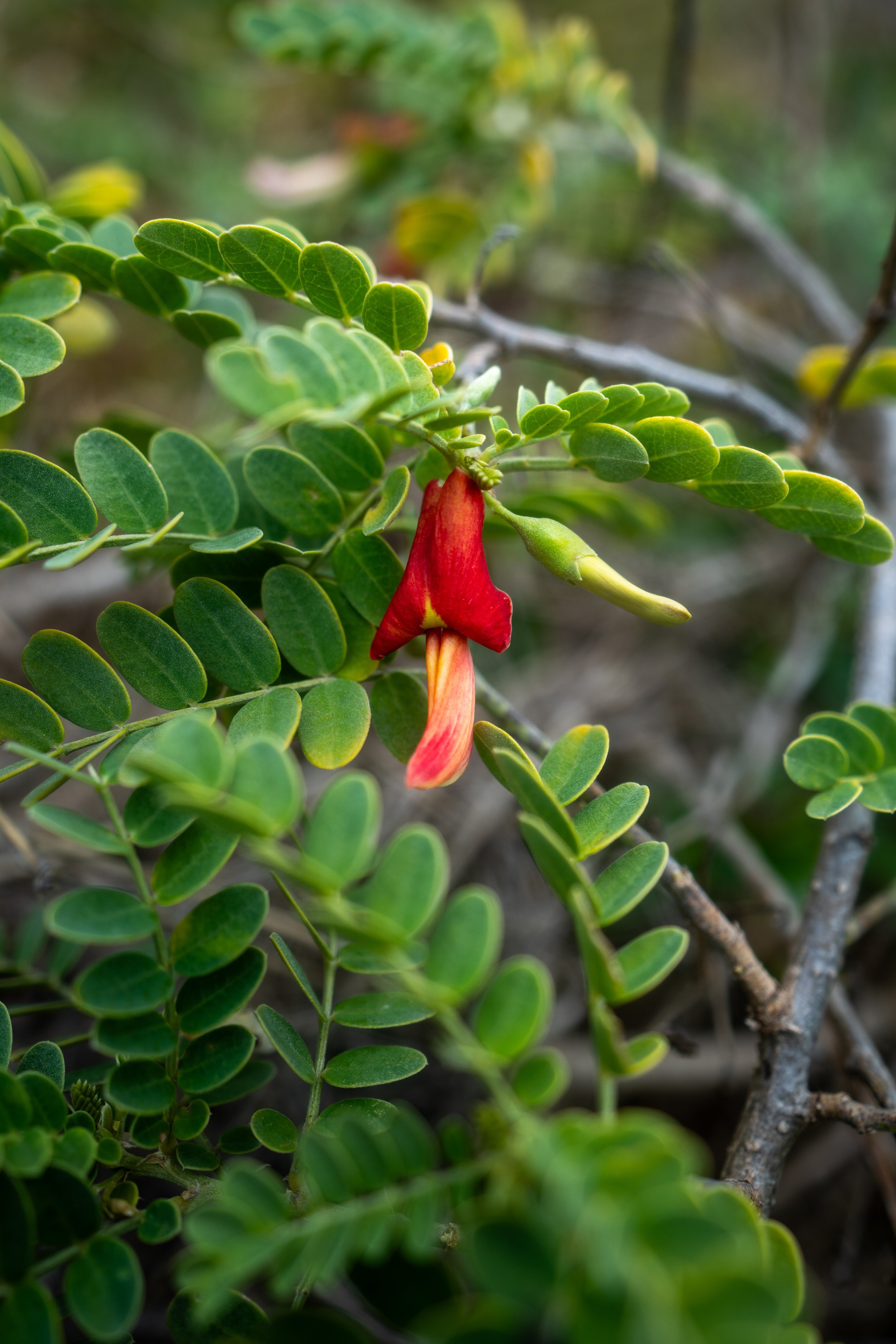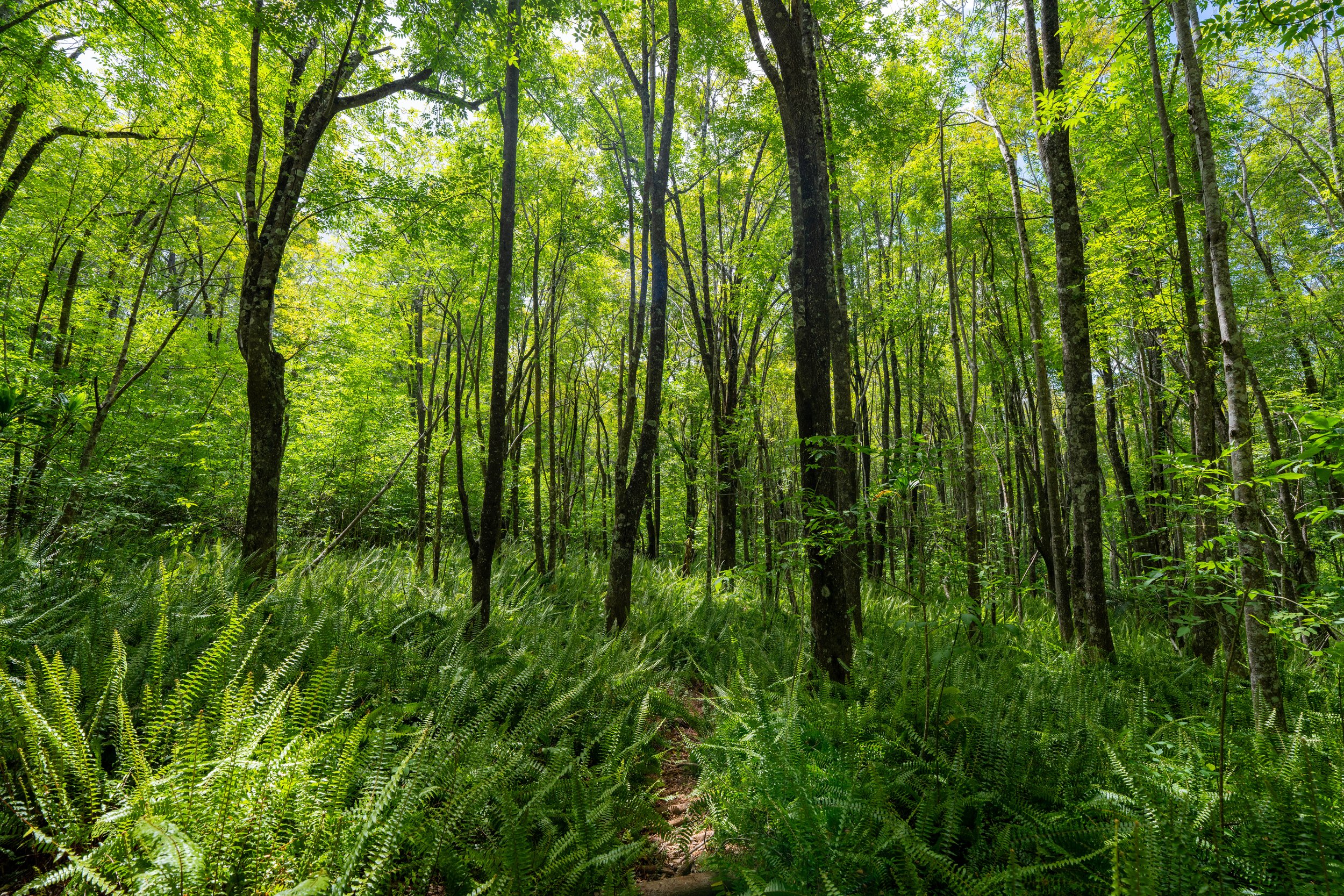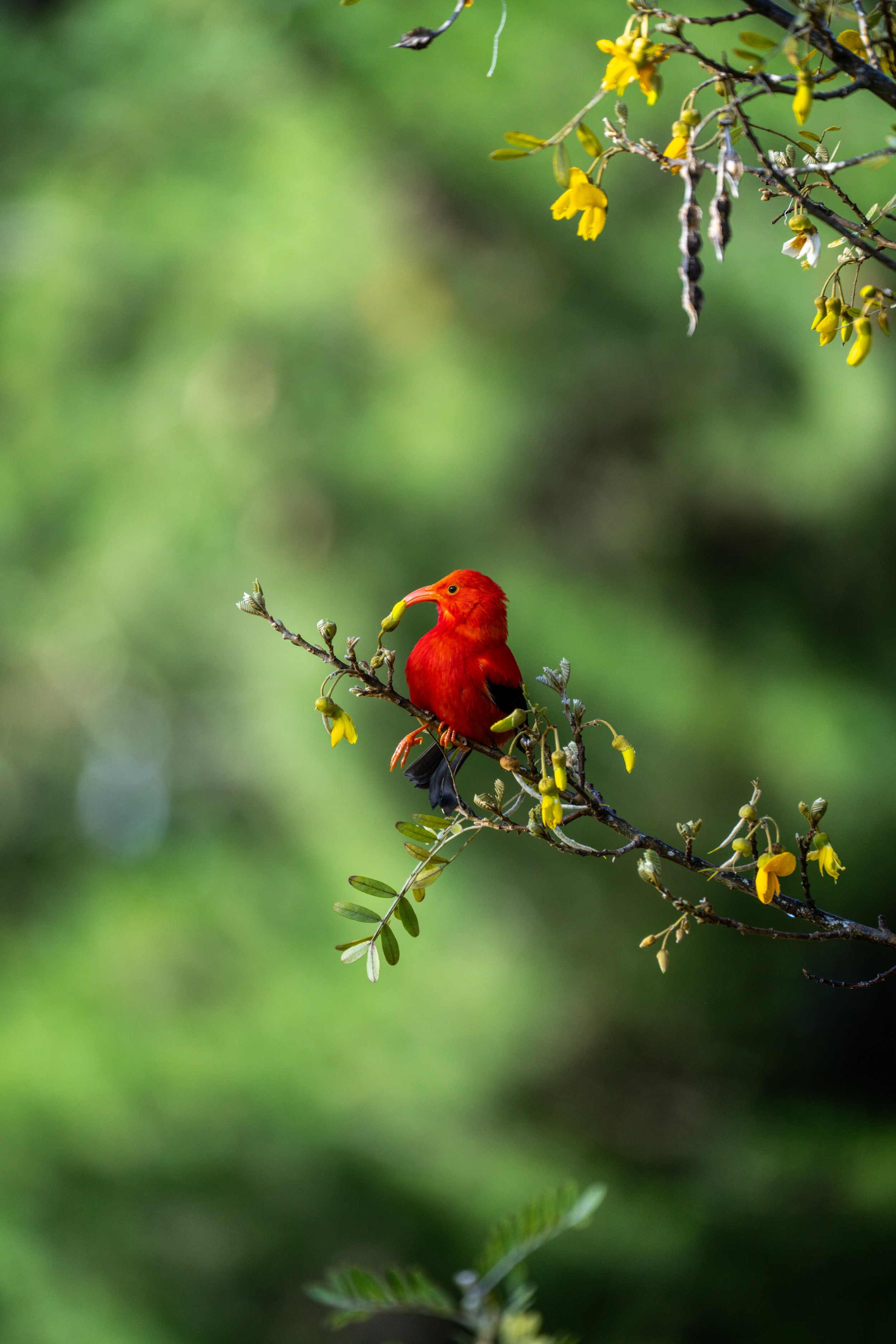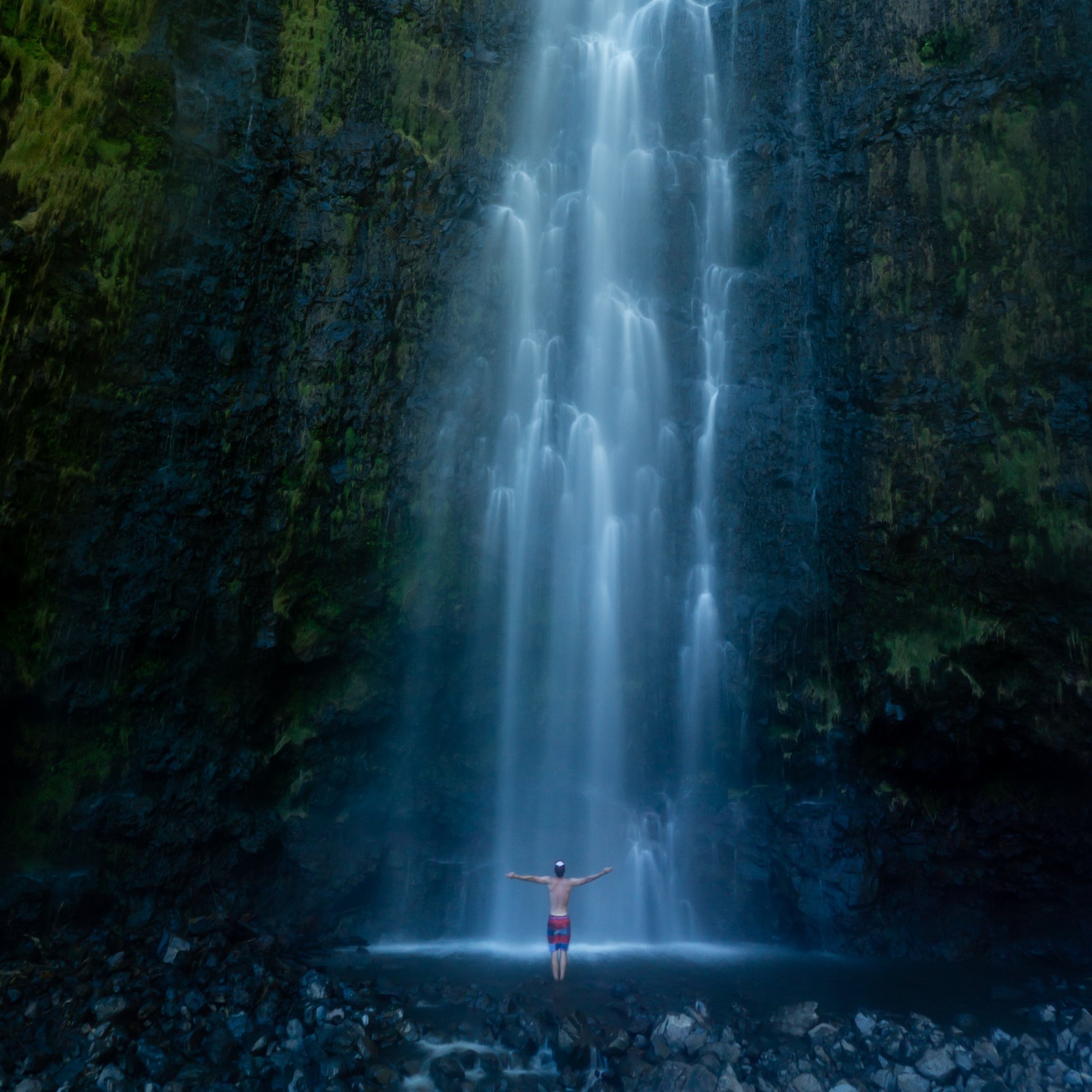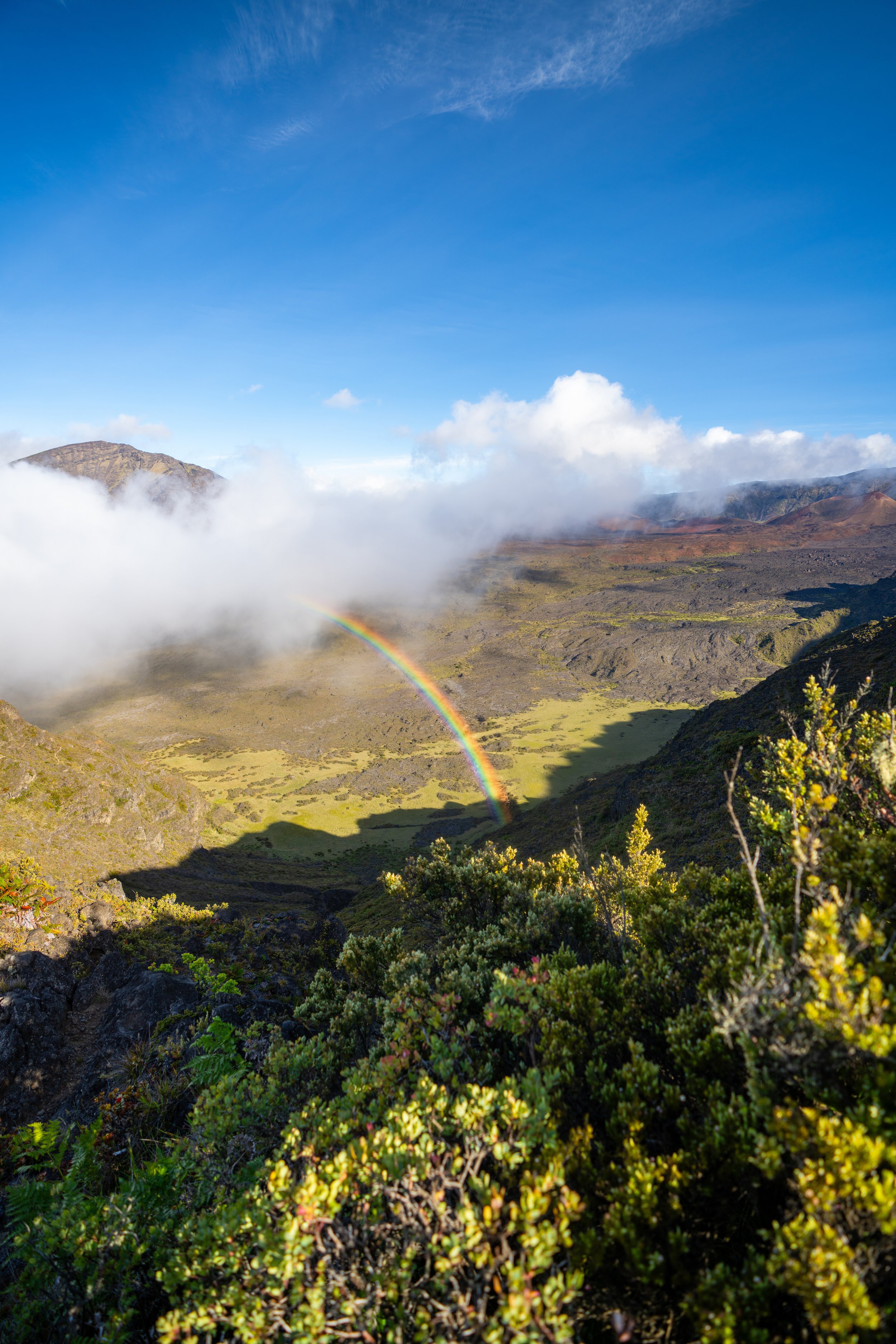Hiking the West Lāhainā Pali Trail (Windmill Hike) on Maui, Hawaiʻi
Distance (Roundtrip): 4.6 miles / 7.4 km
Elevation Gain: 1,500 ft. / 457 m
The West Lāhainā Pali Trail on Maui is a steep and challenging day hike on the leeward side of Kealaloloa Ridge that follows the path of a historic 1800s-era road that once connected West Maui to Māʻalaea and the central valley.
That said, the West Lāhainā Pali Trail on the ocean side of Kealaloloa Ridge is the more popular half of this historic route, as it’s renowned by both locals and visitors alike for being a great place to see Humpback Whales during the winter months and beautiful sunsets throughout the year!
However, all this goes without saying that I personally think that both the east and west side of the Lāhainā Pali Trail have advantages over the other for a variety of different reasons, which is why I highly recommend reading my breakdown of the two routes to Kealaloloa Ridge and the windmills in the section below.
Lāhainā Pali Trail - East vs. West
Historically speaking, parts of the Lāhainā Pali Trail were part of the King’s Highway (Alaloa o Piʻilani), a 138-mile (222 km) route that circled much of Maui. This route was later improved in the early to mid-1800s to create an overland road connecting West Maui to the central valley, which is what much of the modern 4.8-mile (7.7 km) Lāhainā Pali Trail follows today.
That said, this 4.8-mile (7.7 km) route is the one-way distance from Māʻalaea on the east side to Ukumehame on the west. However, most who venture up the trail only hike one half or the other, since both sides lead to the same place on Kealaloloa Ridge.
This is all to say that I recommend against using the small differences in distance or elevation gain to decide between the two. Instead, I recommend relying on my thoughts about each half described below.
East Lāhainā Pali Trail
First and foremost, I believe that each half of the Lāhainā Pali Trail is better for different reasons—the first of which is the time of day.
By this, I mean that I believe the east side is better as a morning hike, while the west side is better as an evening hike.
I say this because I think the eastern half and the central valley are the most beautiful with the early morning light, which is also when I believe the best photos can be taken on this side.
However, what’s perhaps even more important to mention is that the southwest side of the West Maui Mountains is very hot and dry, meaning if you’re looking to escape the heat but still enjoy the views, starting early on the East Lāhainā Pali Trail is the way to go!
On a different note, the East Lāhainā Pali Trail is the better half of the hike to see various native Hawaiian plants, which I suspect has to do with the fact that it’s on the windward side of Kealaloloa Ridge, unlike the west.
Read My Separate Post: East Lāhainā Pali Trail
West Lāhainā Pali Trail
Regarding my first statement above, the West Lāhainā Pali Trail is a better evening hike, which I largely believe because it makes for one of the best, easy sunset hikes on Maui!
However, it’s important to understand that starting the West Lāhainā Pali Trail in the mid- to late-afternoon hours will almost always be very hot, and there’s really no way around this if you want to hike as high as the windmills on Kealaloloa Ridge.
Now, this is not to say that it’s necessary to hike as high as the windmills to watch the sunset, but in fact, some of the best places to enjoy it are within 0.5 miles (0.8 km) of the trailhead in Ukumehame, because the West Lāhainā Pali Trail is very close to the water and climbs quickly over a short distance.
On account of this, the West Lāhainā Pali Trail is the best hike on Maui to enjoy the whales from shore during Hawaiʻi’s winter season (mid-December to mid-April), with peak activity occurring from January to March.
All this to say, I hope this makes it clear why each side of the Lāhainā Pali Trail is better for different reasons, which, again, is why I wouldn’t let the short 0.4-mile (0.6 km) difference be the deciding factor between the two.
West Lāhainā Pali Trailhead Parking
Parking for the West Lāhainā Pali Trail is located at the Ukumehame Trailhead, directly off Honoapiʻilani Highway, just before Pāpalaua Beach if you’re driving west from central Maui.
Out of caution, consider the West Lāhainā Pali Trailhead to be a high-crime area for petty theft, meaning you should never leave visible bags or anything valuable in your car.
Google Maps Directions: Ukumehame Trailhead
Hiking the West Lāhainā Pali Trail
It’s important to mention that even though the West Lāhainā Pali Trail starts out beneath a canopy of Kīawe trees, the shade doesn’t last for very long, which is why I highly recommend hiking both the West and East Lāhainā Pali Trail in a hooded sun shirt.
Old Honoapiʻilani Highway (Manawaipueo Gulch)
After less than 0.1 miles (0.2 km), the West Lāhaina Pali Trail reaches Manawaipueo Gulch and the Old Honoapiʻilani Highway, which it will follow for about 0.1 miles (0.2 km) before branching away.
Old Honoapiʻilani Highway is essentially the end of any shade on the West Lāhainā Pali Trail.
West Lāhainā Pali-Old Honoapiʻilani Highway Junction
This is where the West Lāhainā Pali Trail leaves the Old Honoapiʻilani Highway to continue up to the windmills on Kaheawa Pastures Access Road.
That said, go left here to begin the steep climb up to Kealaloloa Ridge.
After Old Honoapiʻilani Highway, the West Lāhainā Pali Trail begins the longest and steepest section of the entire hike, gaining roughly 1,175 ft (358 m) over the next 1.5 miles (2.4 km) to the point where the trail finally levels out around Makahuna Gulch.
There really are no breaks from the near-constant uphill, which is why some hikers may want to carry trekking poles on the West Lāhainā Pali Trail.
In the winter months, these lower elevations on the West Lāhainā Pali Trail are some of the best places to see Humpback Whales, as well as the sunset, since it is such a short hike back down to the trailhead in the dark.
However, if you plan to hike any higher for sunset—which can be incredible depending on the section of trail—I recommend bringing a good headlamp for the hike back, as it will be a fairly steep descent.
Well-maintained sections like this are preserved portions of the historic 1800s-era road that the Lāhainā Pali Trail now follows.
In this section, where the West Lāhainā Pali Trail appears to split, go right to follow the trail down toward Kamaohi Gulch.
Kamaohi Gulch
The section immediately after Kamaohi Gulch can be a great place to watch sunset and the Humpback Whales during the winter, as the trail steers away from the water after this point, as it climbs up toward the windmills on Kealaloloa Ridge.
Once again, I think it’s important to mention the lack of shade on the West Lāhainā Pali Trail, particularly in the afternoon hours toward sunset, when the trail can be very hot.
I say this again because I often think the afternoon and evening are the most beautiful times of day to hike the western half, but it’s important to arrive prepared and hike with at least 2-3 L of water per person.
The island that can be seen in the distance is Kahoʻolawe.
Mokumana Gulch
Mokumana Gulch is roughly the 1.0-mile (1.6 km) mark on the West Lāhainā Pali Trail, meaning there is about 1.3 miles (2.1 km) left before Kealaloloa Ridge and the start of the East Lāhainā Pali Trail.
It’s worth noting that both sides of the Lāhainā Pali Trail can look very different when this side of Maui receives more rain during the winter months.
However, these photos were taken toward the end of summer, which is why the trail isn’t very green.
This is where the windmills on Kaheawa Pastures Access Road can start to be seen in the distance for the first time!
Ōpūnanā Gulch
After Ōpūnanā Gulch, there are only three more named gulches before the end of the West Lāhainā Pali Trail.
Makahuna Gulch
This area around Makahuna Gulch is the first time the West Lāhainā Pali Trail levels out since the very beginning sections, which is a nice break before the final switchbacks leading up to Kaheawa Pastures Access Road.
Kaʻalaina Gulch
Kaʻalaina Gulch is the second-to-last named gulch before the end of the West Lāhainā Pali Trail.
This is where the West Lāhainā Pali Trail enters the last gulch before the final switchbacks up to Kaheawa Pastures Access Road.
Manawainui Gulch
Manawainui Gulch is the last named gulch on the West Lāhainā Pali Trail, and it’s a nice sign that only 0.4 miles (0.6 km) remain before the end of the hike.
Just before Kaheawa Pastures Access Road, the West Lāhainā Pali Trail climbs 3 switchbacks to reach the windmills on Kealaloloa Ridge.
This final stretch is fairly steep, similar to the very beginning, where the West Lāhainā Pali Trail left Old Honoapiʻilani Highway.
Kaheawa Pastures Access Road (East-West Lāhainā Pali Junction)
This is where the West Lāhainā Pali Trail meets Kaheawa Pastures Access Road, signaling the end of the West Lāhainā Pali Trail and the start of the East Lāhainā Pali Trail.
On that note, Kaheawa Pastures Access Road is closed to all hikers, meaning it is illegal to hike up or down the road.
That said, most day hikers turn back here after completing the West Lāhainā Pali Trail, but if you are interested in seeing the other side, all the details can be found in my separate post linked below.
Read My Separate Post: East Lāhainā Pali Trail
As previously mentioned, I recommend catching the sunset about 0.5 miles (0.8 km) or less up the trail, which is especially true in the summer months, based on where the sun will set.
This photo was taken in January.
Native Plants on the West Lāhainā Pali Trail
Historically speaking, the Lāhainā Pali Trail used to be a beautiful dryland forest, primarily consisting of endemic Wiliwili trees, among other native understory species.
However, fire and the spread of invasive species—like Kīawe, Fountain Grass, and Koa Haole—have consumed the vast majority of native Wiliwili trees along the trail, which is why native plants on the Lāhainā Pali Trail are so few and far between.
Today, those hiking the West Lāhainā Pali Trail can expect to see native plants including Maʻo, Pua Kala, ʻAʻaliʻi, ʻĀkia, ʻUhaloa, and ʻIliahi, to name a few, with most of these species being more abundant during the wetter winter months than during the summer.
If you would like to learn more about these and many other native Hawaiian plants from across the islands, I encourage you to check out my separate post linked below.
Read My Separate Post: Native Hawaiian Plant Guide



